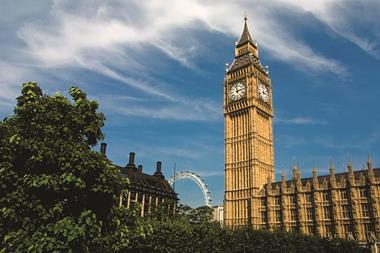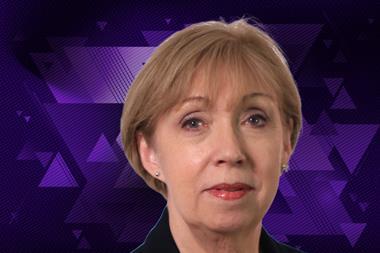What happens if we are faced with consumer group litigation and will it overlap with a product recall?
Several retailers are caught up in the current “toxic sofa” group litigation - the biggest consumer group action ever in England .
Grouping claimants enables the court system to manage a large number of claims that have common issues, and used effectively reduces costs and ensures key issues of liability and damages are dealt with efficiently.
Berrymans Lace Mawer partner Jim Sherwood, who is acting on behalf of defendants involved in the sofa litigation, says: “While group litigation is no longer unusual, it presents very different demands to usual case handling. Handled correctly, the process can be used to the advantage of the retailer.
“The retailer needs to look at any safety issue which has resulted in a number of claims or complaints to see whether there is a possibility of group litigation.
“While the recall strategy should be triggered in addressing any potential safety issues, where a large number of claims have been intimated it is crucial to ensure that the corrective action team is in place at an early stage to deal with insurance, PR and quality assurance issues.”
There can be some overlap between the group litigation and regulatory roles of Trading Standards. For example, within a group litigation process it is normally a requirement that there should be advertising to alert potential claimants to the court process, to ensure all potential claimants are dealt with as soon as possible within the same group litigation. It is important to avoid such advertising overlapping with any recall process, but it is logical to liaise closely with Trading Standards at all stages.


























No comments yet